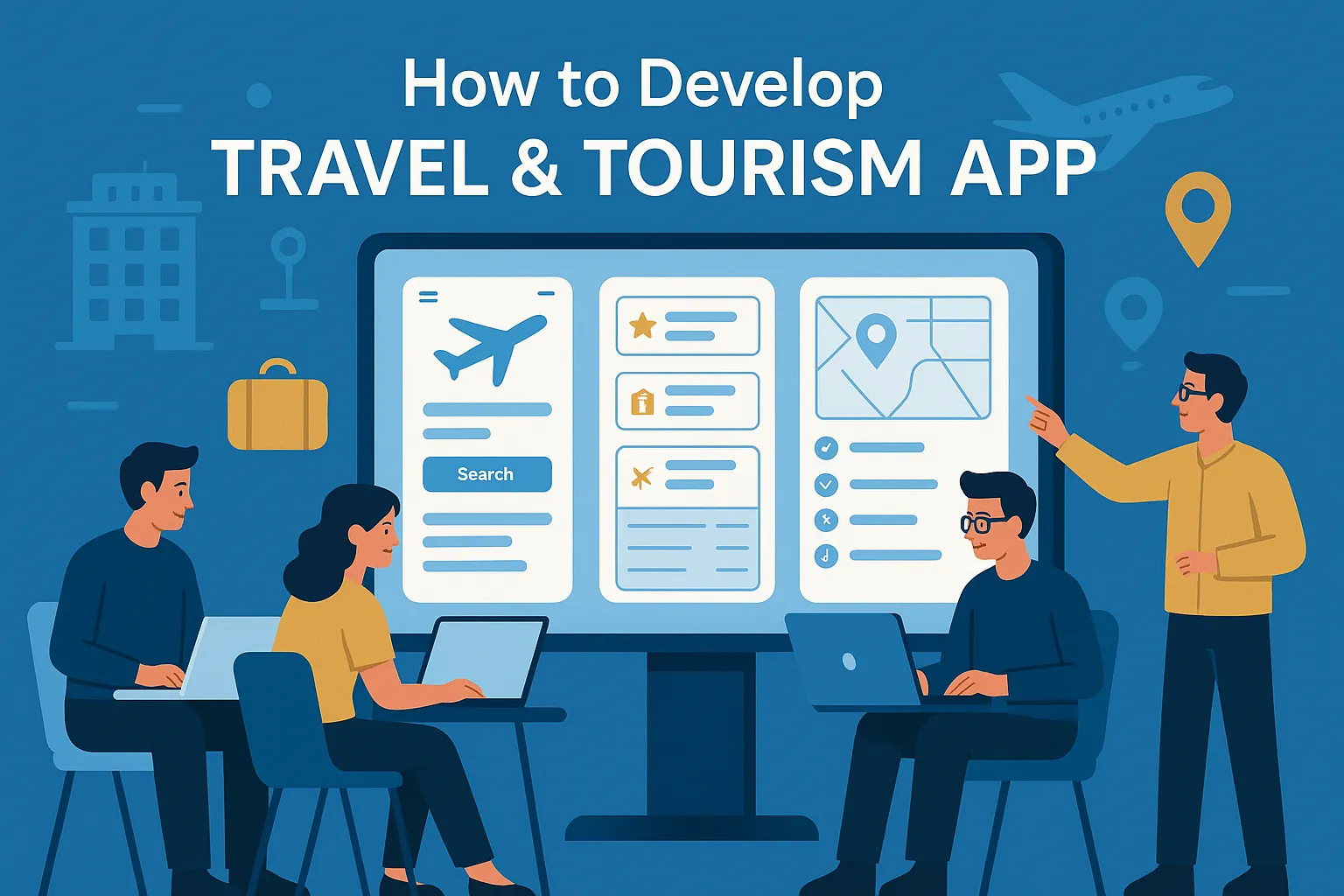- Miracuves Solutions
- Solutions
-
-
-
Ready to Deploy
Our Readymade Solutions are built to execute your business idea into a successful growth story in no time.
-
-
- Services
-
-
- Android App Development
Crafting custom Android applications to elevate your business presence.
- Artificial Intelligence Development
Integrating AI solutions to automate and enhance business operations.
- Blockchain Development
Implementing secure blockchain technologies for transparent transactions.
-
- Clone App Development Company
Providing ready-made clone apps tailored to your industry needs.
- Custom Mobile App Development
Developing personalized mobile apps to meet unique business requirements.
- Cloud Services
Developing personalized mobile apps to meet unique business requirements.
-
- Digital Marketing Services
Boosting your online presence with strategic digital marketing.
- iOS App Development
Creating intuitive iOS applications for enhanced user engagement.
- IT Consulting & Advisory
Providing expert IT consulting to align technology with business goals.
-
- NFT Development
Building innovative NFT platforms for the digital marketplace.
- Software Development
Delivering custom software solutions to drive business efficiency.
- Web Development
Designing responsive websites and webapps that captivate and convert.
-
-
- Industries
- Portfolio
- Company
-
-

-
Simplifying IT
for a complex world.
-
- Partners & Certifications
-
Learn about of Partnership Programs and our Certifications.
- Reviews & Awards
-
Nothing less than wonderful is what we do and what people have to say.
-
- Careers
-
Be an expert or a novice, Join us and we will make a difference together.
-
-
- Resources
- Contact
- Miracuves Solutions
- Solutions
-
-
-
Ready to Deploy
Our Readymade Solutions are built to execute your business idea into a successful growth story in no time.
-
-
- Services
-
-
- Android App Development
Crafting custom Android applications to elevate your business presence.
- Artificial Intelligence Development
Integrating AI solutions to automate and enhance business operations.
- Blockchain Development
Implementing secure blockchain technologies for transparent transactions.
-
- Clone App Development Company
Providing ready-made clone apps tailored to your industry needs.
- Custom Mobile App Development
Developing personalized mobile apps to meet unique business requirements.
- Cloud Services
Developing personalized mobile apps to meet unique business requirements.
-
- Digital Marketing Services
Boosting your online presence with strategic digital marketing.
- iOS App Development
Creating intuitive iOS applications for enhanced user engagement.
- IT Consulting & Advisory
Providing expert IT consulting to align technology with business goals.
-
- NFT Development
Building innovative NFT platforms for the digital marketplace.
- Software Development
Delivering custom software solutions to drive business efficiency.
- Web Development
Designing responsive websites and webapps that captivate and convert.
-
-
- Industries
- Portfolio
- Company
-
-

-
Simplifying IT
for a complex world.
-
- Partners & Certifications
-
Learn about of Partnership Programs and our Certifications.
- Reviews & Awards
-
Nothing less than wonderful is what we do and what people have to say.
-
- Careers
-
Be an expert or a novice, Join us and we will make a difference together.
-
-
- Resources
- Contact


